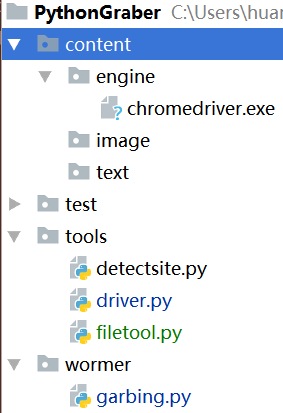I ran into a problem while working with Selenium. For my project, I have to use Chrome. However, I can't connect to that browser after launching it with Selenium.
For some reason, Selenium can't find Chrome by itself. This is what happens when I try to launch Chrome without including a path:
Traceback (most recent call last):
File "./obp_pb_get_csv.py", line 73, in <module>
browser = webdriver.Chrome() # Get local session of chrome
File "/usr/lib64/python2.7/site-packages/selenium/webdriver/chrome/webdriver.py", line 46, in __init__
self.service.start()
File "/usr/lib64/python2.7/site-packages/selenium/webdriver/chrome/service.py", line 58, in start
and read up at http://code.google.com/p/selenium/wiki/ChromeDriver")
selenium.common.exceptions.WebDriverException: Message: 'ChromeDriver executable needs to be available in the path. Please download from http://code.google.com/p/selenium/downloads/list and read up at http://code.google.com/p/selenium/wiki/ChromeDriver'
To solve this problem, I then included the Chromium path in the code that launches Chrome. However, the interpreter fails to find a socket to connect to:
Traceback (most recent call last):
File "./obp_pb_get_csv.py", line 73, in <module>
browser = webdriver.Chrome('/usr/bin/chromium') # Get local session of chrome
File "/usr/lib64/python2.7/site-packages/selenium/webdriver/chrome/webdriver.py", line 46, in __init__
self.service.start()
File "/usr/lib64/python2.7/site-packages/selenium/webdriver/chrome/service.py", line 64, in start
raise WebDriverException("Can not connect to the ChromeDriver")
selenium.common.exceptions.WebDriverException: Message: 'Can not connect to the ChromeDriver'
I also tried solving the problem by launching chrome with:
chromium --remote-shell-port=9222
However, this did not work either.
PS. Here's some information about my system:
www-client: chromium 15.0.874.121
dev-lang: python 2.7.2-r3 Selenium 2.11.1
OS: GNU/Linux Gentoo Kernel 3.1.0-gentoo-r1

